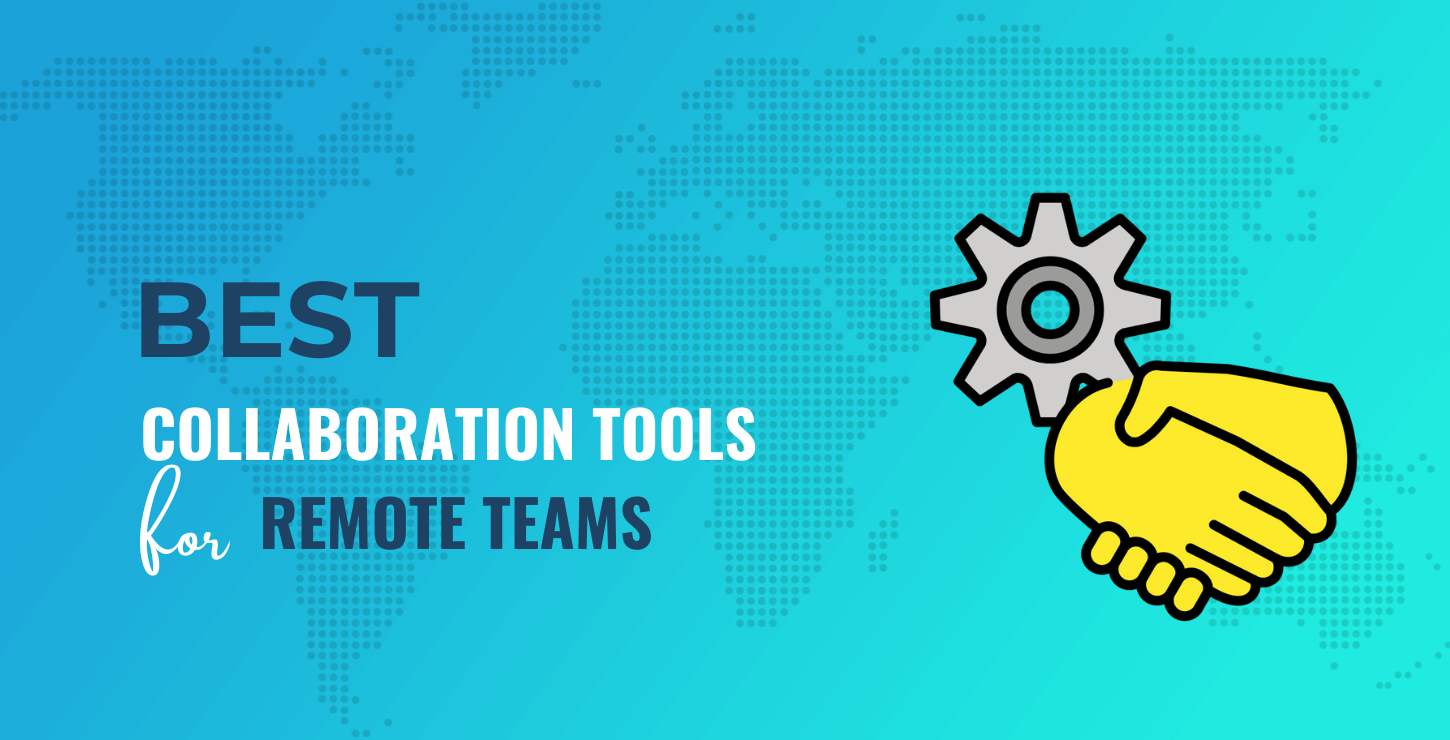The majority of companies sent their workers home in the spring of 2020, and teams all across the world began experimenting with various solutions to keep things moving. However, collaborative technology progressed from being a nice-to-have to a necessity, remote work became the new standard, and creative businesses adopted new, more efficient methods of working. Bringing geographically scattered coworkers together in a same digital environment is not enough. With the correct virtual tools, everyone may access ideas, projects, and each other instantly, increasing the efficiency of offline and asynchronous work.
The growing popularity of working remotely
An already expanding tendency for remote work was accelerated by the epidemic. According to a Pew Research study of a sample of American workers, almost half (54%) of those who work from home want to stay that way until the epidemic is over. On the other side of the Atlantic, 43 out of the top 50 companies in the United Kingdom want to permanently use hybrid working, according to a BBC study.
However, there are catches. Virtual labor has the potential to upset "the organizational norms... that help create a common culture, generate social cohesion, and build shared trust," according to renowned management firm McKinsey. According to an MIT Sloan poll of 441 worldwide HR directors, maintaining remote workers' engagement (17%), productivity (7%), and connection (5%), were their top three worries.
These are serious problems, even in person. Regardless of where your teams are located, you need solutions that improve productivity and advance your corporate culture in order to meet these issues remotely.
Read also: Benefits Of Enterprise Artificial Intelligence Adoption
Which are the top four remote team collaboration tools
Let's examine the top four collaborative software programs for remote work in terms of culture and productivity.
1. Approximately
Zoom has undoubtedly been the most well-known representative of conference calling. However, there is an alternative.
For teams who use many applications during meetings, Around is a stylish, simple substitute. In contrast to a single conference table, the interface is meant to resemble a swarm of workplaces. Users can join others while working in breakout "rooms" or attend prearranged meetings.
By automatically zooming in on your face and shoulders and cutting the majority of the backdrop, Around's AI-based camera framing eliminates blank space. Instead of a wall of movies, you view each other in "bubbles" that hover above your other windows, allowing you to keep eye contact while navigating between computer programs.
No matter what you're working on, you can initiate meetings with just one click thanks to Around's integration with Slack. Additionally, meeting notes may be automatically sent so that everyone can catch up without having to go through emails.
Disclaimer: Get ready to waste a few minutes while the team experiments with all the amazing camera filters. By seeing whether your coworkers choose to use Radioactive, Game Boy Pink, or Mai Tai, you may learn a lot about them.
Read also: Enterprise Artificial Intelligence Applications
2. Trello
Trello is a project management application that may take the place of cumbersome Excel spreadsheets and your workplace whiteboard. The Japanese Kanban idea, which was created at a Toyota factory in the 1940s, forms the foundation of the system. Kanban, a popular project management approach nowadays, divides work into three categories: "To Do," "Doing," and "Done."
Trello turns this approach into a series of electronic cue cards. A single project might be represented by each card. It can be filled with relevant deliverables or sub-projects, checklists, and continuing discussions. Additionally, you may automate chores and reminders and distribute assignments. Because Trello interacts with other collaboration platforms like Google Drive and Slack, you can always see where your colleagues are at in each project and what has to be done next.
3. Concept
Ever hear of a "bible" for long-running television programs? These actual reference books, which typically bear the scuffs and grime of both new and old contributors, chronicle the show's history and creative procedures.
Notion is a safe online wiki that serves as your digital corporate bible. It takes the place of the group understanding that results from sharing a physical location for remote teams. It serves as a location to document and consult process, standards, branding, and procedure, essentially keeping everyone in sync.
Wikis may become unmanageable if you're not vigilant since content is continuously added, updated, and changed. Fortunately, Notion offers a Slack connector that notifies your team whenever someone makes a significant update.
Read also: How to choose the right enterprise software for your business
4. Slack
Yes, you can communicate on Slack by exchanging ideas, files, and emojis. However, it may also be used to convey requests, conduct surveys, and share displays.
While it's convenient and enjoyable to accomplish all of this while collaborating in real time, Slack also works well asynchronously. You can determine whether people are offline, in a meeting, too busy to respond right away, or enjoying a snack while you wait for an update thanks to status updates, notification choices, and comprehensive profiles that replicate the office setting. It gets rid of the time wasted looking for solutions and individuals.
Additionally, Slack integrates well with a wide range of other remote collaboration software. You may even use it to talk about alternative collaboration tools that the team should utilize.










